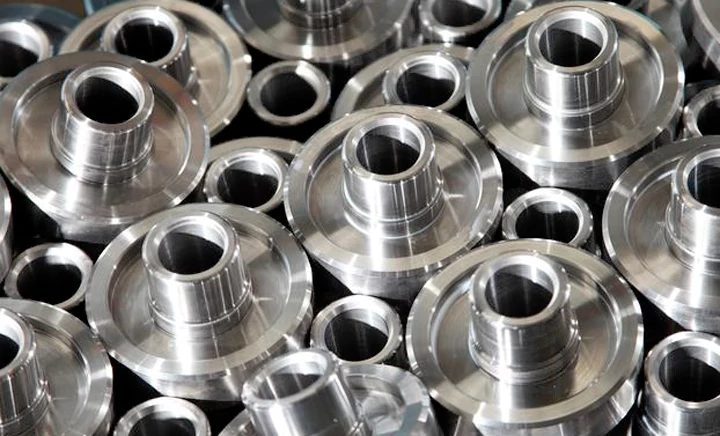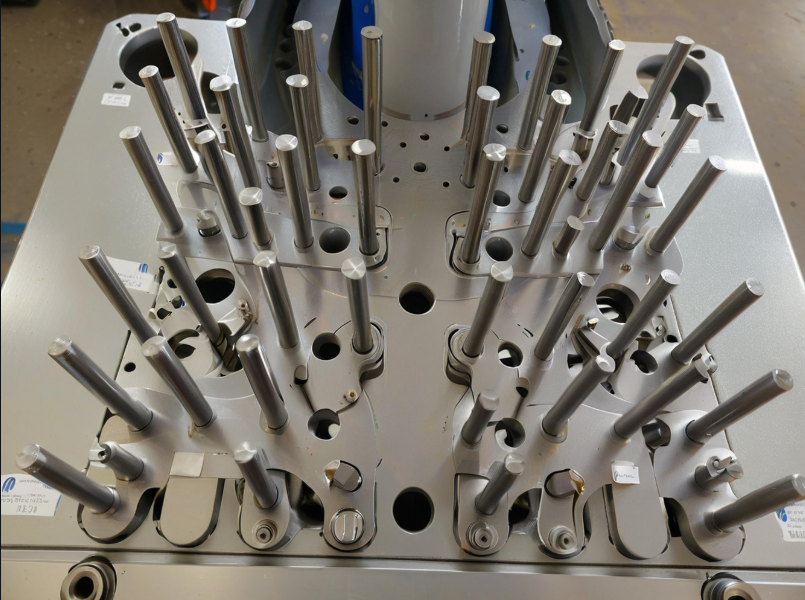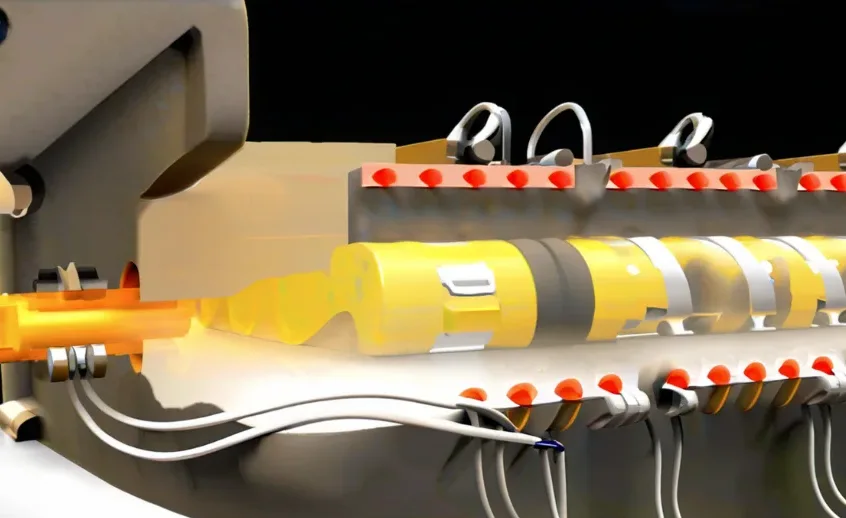Rapid prototyping technology is evolving, driving innovation across industries. Vacuum casting services are a key part of this, offering fast, cost-effective prototypes with high precision and durability.
3D printing, in particular, finds application in fields such as apparel, automotive, arts, and crafts.
Vacuum casting, a key technology in rapid prototyping, plays an important role in manufacturing.
Many industries have adopted it, offering significant benefits to users worldwide.
This article explores the basics, benefits, and challenges of vacuum casting services, helping you understand the technology better.

What is the Vacuum Casting Process?
Vacuum casting uses elastomeric materials (rubber-like substances) to manufacture parts.
The liquid material enters a mold via vacuum pressure, and through several steps, it solidifies into its final shape.
The process includes these key steps:
1. Heating and Pre-softening: The plastic sheet is heated until it softens.
2. Mold Forming: The softened sheet is placed into a mold, and vacuum pressure shapes it.
3. Cooling and Curing: After cooling, the material solidifies into the mold’s shape, forming the final product.
This process allows vacuum casting to produce parts with smooth surfaces quickly, reducing the need for post-production trimming and ensuring high quality and precision.
Advantages of Vacuum Casting Services
Vacuum casting offers several advantages, especially for projects requiring fast and efficient production:
1. Suitable for Large Parts: Unlike traditional 3D printing, vacuum casting handles larger workpieces easily, meeting different production scales.
2 .Rapid Production Cycle: Vacuum casting typically produces parts faster than other techniques. Small-scale production usually takes just 2 to 5 days, while larger-scale production can take up to 4 weeks.
3.Low Startup and Production Costs: This method is cost-effective for startups, especially for low-volume or customized production, and helps keep costs lower than other methods.
Challenges of Vacuum Casting Services
While vacuum casting has many advantages, it also presents some challenges:
1.Complex Features Are Difficult to Implement: Vacuum casting works well for many customizations, but complex designs may require additional tooling, such as pressure molding. These tools add to both the cost and complexity of production .
2.Mold Maintenance Issues: Regular maintenance is necessary to keep molds effective. Poor mold maintenance can compromise product quality or even lead to process failure e.
3.Difficulty in Casting Hollow Parts: Vacuum casting is ideal for solid parts but is challenging for hollow components. Currently, no technology perfectly addresses this issue.

Summary
Vacuum casting is an efficient rapid prototyping technique used widely across industries. It allows businesses to complete small-batch production quickly and cost-effectively while meeting customization needs.
However, challenges like complex designs and mold maintenance still require technological advances. Vacuum casting remains a valuable option for companies seeking fast, precise manufacturing.



